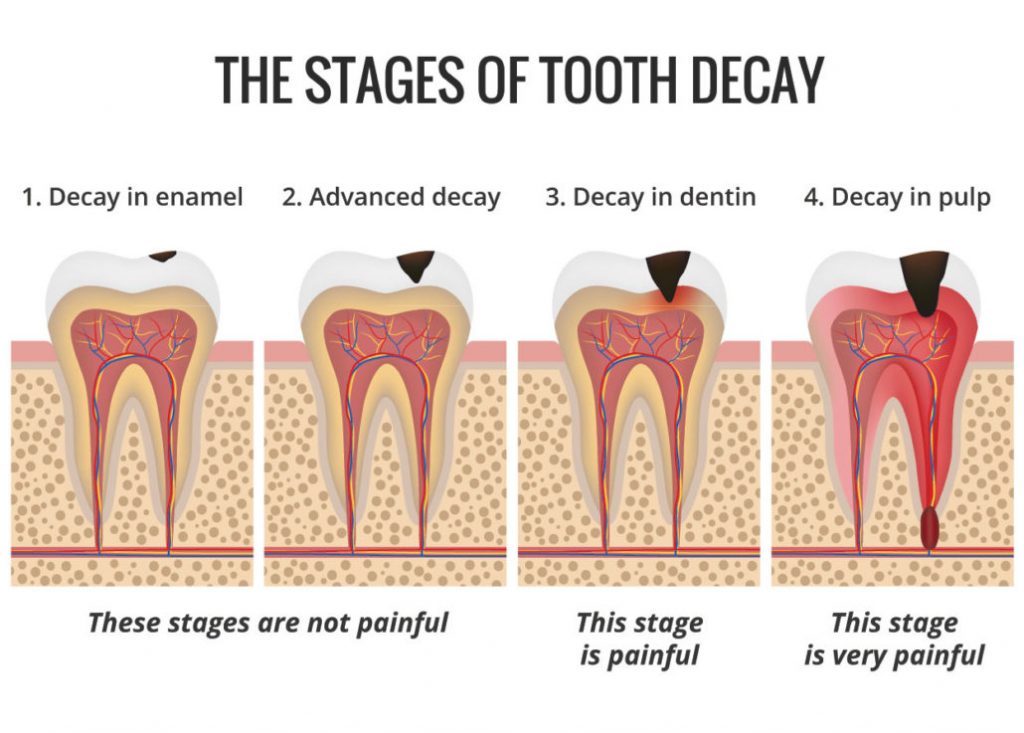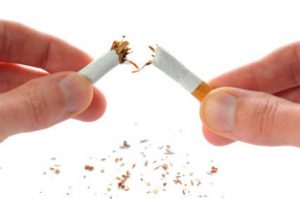Dental visits can be a scary experience for some. We are always here to help, but it takes two to tango! We are so proud of everyone who schedules an appointment, makes it to the office, and completes the x-rays and exam. This is often the point where patients say, “I just want my teeth cleaned and I will wait on any treatment. I am not hurting and really don’t want to spend the money.” Most people do not understand the consequences of delaying dental treatment.
Our goal is to diagnose decay (cavities) and treat early. This will prevent pain, infection, and expensive treatment in the future.
Almost all consequences of delaying dental treatment can be attributed to dental decay growth. Once a tooth has a cavity it will not “go away” on its own. It will continue to grow! No dentist can predict how quickly decay will spread.
- Fillings can be bigger and more expensive. Fillings are categorized by how many surfaces of the tooth the filling will cover. The more surfaces, the more expensive the filling is. As decay grows to more surfaces of the tooth, the cost of the filling will be more.
- A filling can no longer fix the tooth. If a cavity spreads to the cusps (pointy parts of the tooth), a crown (or cap) may be necessary to repair the tooth. Crowns are significantly more expensive than fillings.
- The nerve may become involved requiring a root canal. As decay grows into the tooth, if it reaches the nerve space, you may experience pain and swelling. Once a cavity reaches the nerve the only way to save the tooth is with a root canal.
- The decay can grow to the point the tooth isn’t repairable and must be extracted. As decay grows down the tooth, there are points in which the tooth can not be repaired due to the anatomy of the tooth. Once it reaches these areas, the only option is to remove the tooth. Keep in mind, repairing a tooth is almost always cheaper than replacing a tooth!
Dr. Wells recommends routine dental care with x-rays, exams, and cleanings. If treatment is recommended, have it completed as soon as possible in order to limit the growth of the decay and the consequences involved!
Call to schedule your visit with Dr. Wells today!




